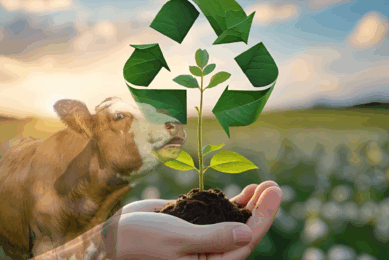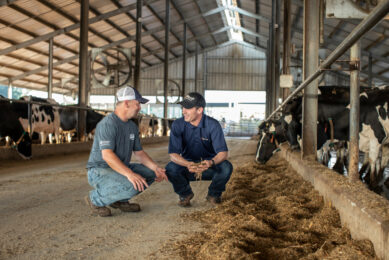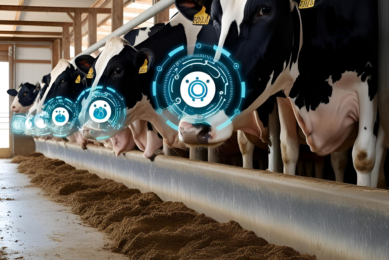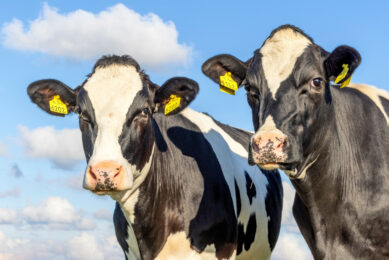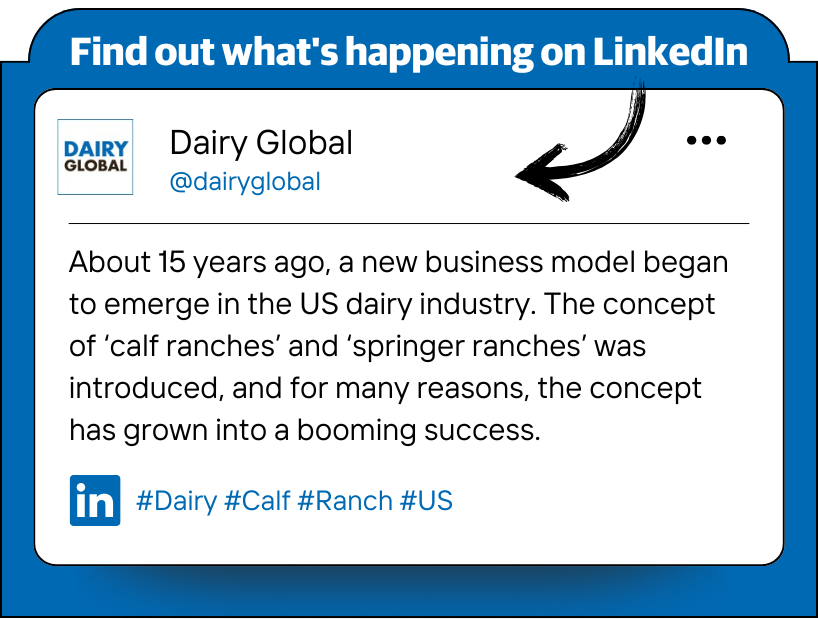The milking revolution: Why efficiency is the new sustainability (Part 1)
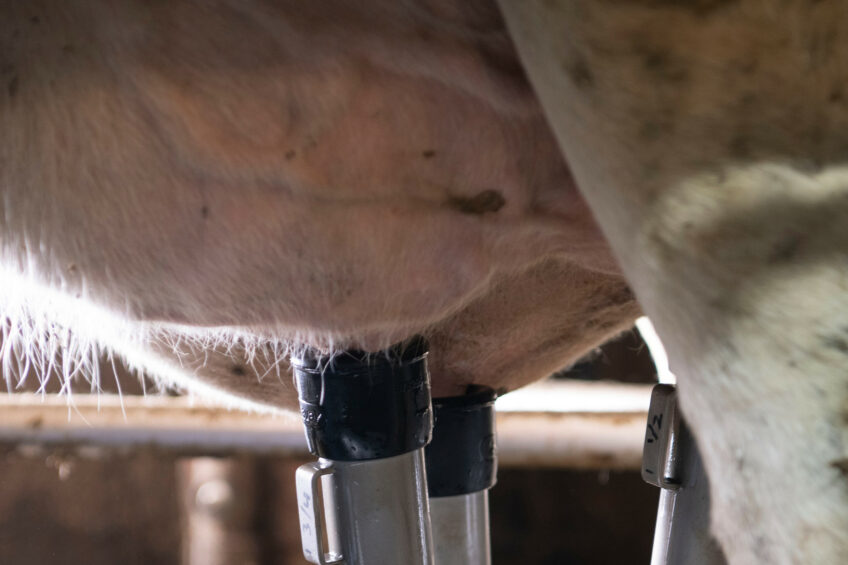
Some revolutions begin with noise. This one starts with a hum – the steady rhythm of milk flowing through clean tubes, the quiet purr of a well-calibrated vacuum pump, the calm breath of a cow unbothered by the process.
Welcome to the Milking Revolution, where the future of dairy farming isn’t built on brute force or tradition, but on intelligence, precision, and care. We are no longer just milking cows; we are feeding the world. And the world is hungry, not only for calories, but for conscious nutrition, for ethical food systems, and for sustainable practices that protect both animals and our planet.
In this new age, efficiency is no longer just about speed. It’s about doing more with less – less stress on the animal, less energy used in the parlour, less waste in the system, and less burden on the farmer. Efficiency is the art of extracting value without extracting life.
This is a quiet revolution, but it’s global. From the hills of Bavaria to the plains of Argentina, from robotic barns in New Zealand to family farms in the Netherlands, dairy farmers are joining a movement – a movement powered by data, driven by compassion, and committed to performance that doesn’t sacrifice welfare. Because every drop of milk carries a story: of a cow’s comfort, of a farmer’s dedication, and of a world that must produce more food with fewer resources.
Smart milking equals a stronger planet
Here’s the truth: if we want to feed 10 billion people by 2050, we can’t keep doing things the old way. We need to milk smarter, not harder. We need technologies that think, liners that breathe, routines that respect both animals and people. We need to shift from extraction to collaboration – with nature, with cows, with science.
This is where milking efficiency becomes sustainability, not just in the environmental sense, but in the human sense, because sustainability is not a checkbox – it’s a mindset. A promise. A future we choose to build, one cup of milk at a time. Where performance meets purpose and where efficiency becomes our greatest form of kindness.
From hype to herds: How efficiency powers sustainability on the ground
Let’s strip away the buzzwords and focus on what really matters: a cow, a milking machine, and the hands of a farmer. That’s the beating heart of the dairy world. And every decision made in that tiny ecosystem – every second shaved off milking time, every kilowatt saved, every liner designed for better teat health – ripples outward.
 Less time in the parlour, more time for the cow
Less time in the parlour, more time for the cow
Modern liners and milking systems are no longer just about throughput – they’re about comfort-driven performance. When a liner fits like a glove and simulates the natural suckling of a calf, it does more than milk faster – it milks better.
What that means in practice:
- A comfortable cow lets down milk more easily, reducing unit-on time.
- Shorter milking time means lower stress and less energy consumed.
- Reduced standing time helps prevent lameness and promotes rumination.
Result: Happy cows, lower vet bills, and better milk yields.
 Efficient milking systems reduce energy use (and carbon emissions)
Efficient milking systems reduce energy use (and carbon emissions)
Let’s talk watts and watts not. A typical dairy farm’s milking parlour is one of the most energy-hungry parts of the operation. But smarter milking gear – vacuum pumps with variable speed drives, liners that empty quarters evenly, cooling systems with heat recovery – can dramatically cut electricity use.
One German study showed that a farm switching to energy-efficient equipment reduced milking-related energy consumption by up to 40%, with no drop in milk yield.
Result: Lower energy bills, reduced CO₂ footprint, and a parlor that doesn’t sound like a factory.
This pertains only to parlour equipment, but what about animals? Is there a connection between their health and farm sustainability? To find out, don’t miss the second part of ‘The Milking Revolution’ article, which will be released soon. Watch this space.
Join 13,000+ subscribers
Subscribe to our newsletter to stay updated about all the need-to-know content in the dairy sector, two times a week.



